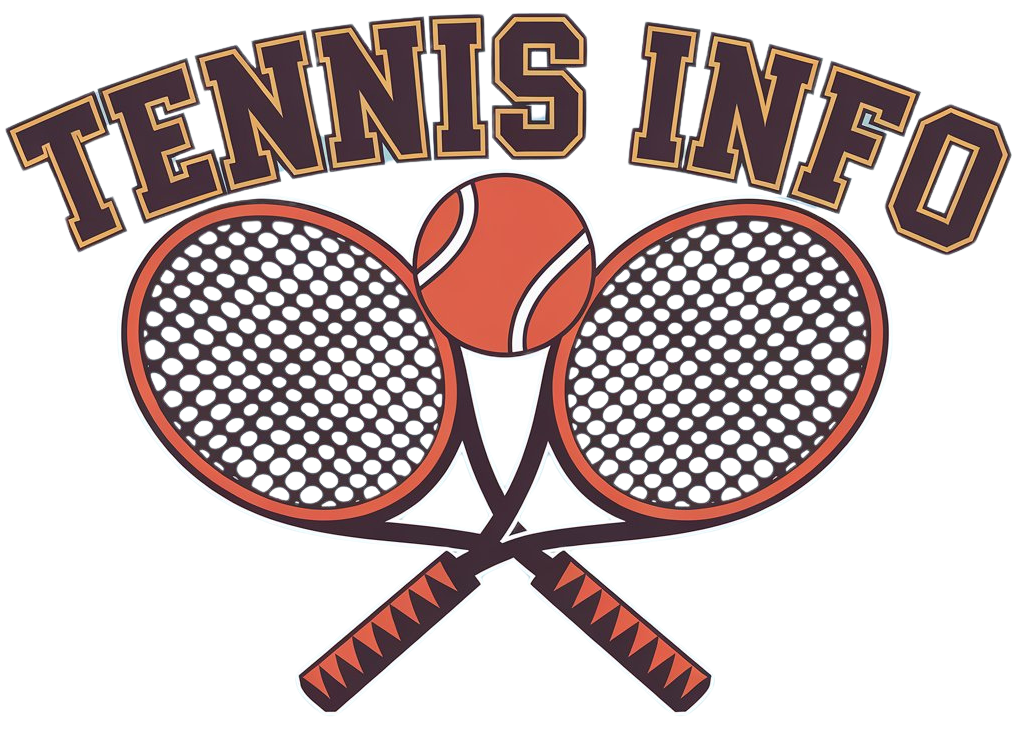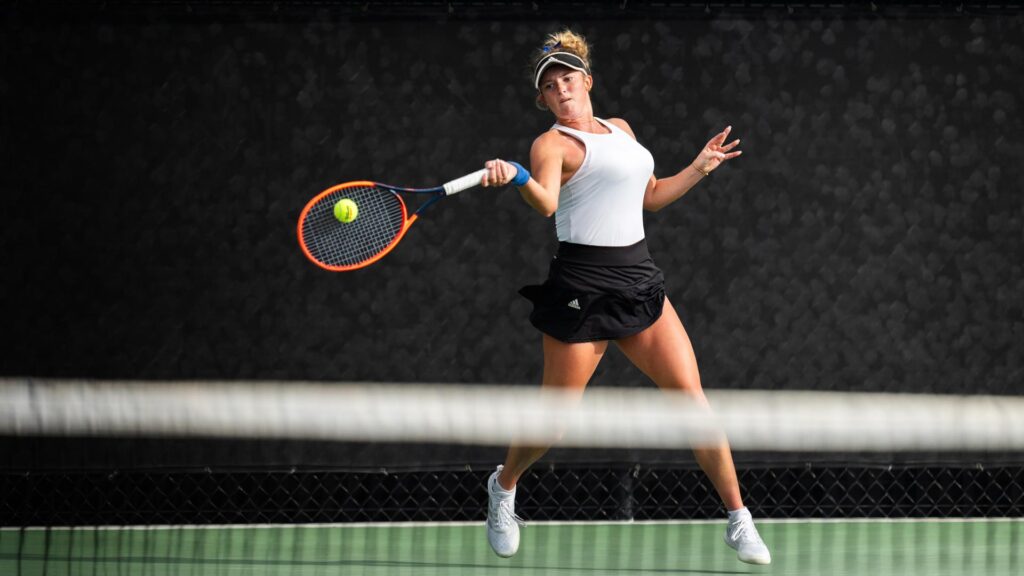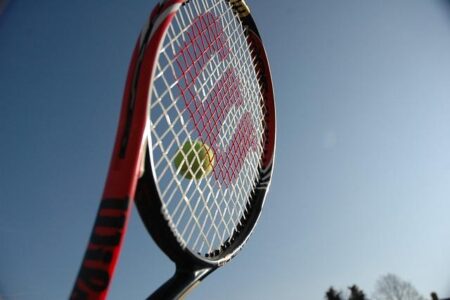Wesleyan Women’s Tennis: A Season of Growth ŌüŻand Future Aspirations
In a gripping contest ŌĆīthat highlighted the tenacity and skill of the WesleyanŌĆŹ University women’s tennis squad, the ŌĆŹNo. 6 seed faced ŌĆīoff against No. ŌĆŹ4 pomona-Pitzer in the NCAA quarterfinals, marking ŌüŻa significant chapter in their impressive season. Despite their commendable efforts, Wesleyan was unable to clinch victory, concluding their ŌüŻchampionship dreams withŌĆŹ a challenging ŌüŻmatch that epitomized the competitive nature of collegiate tennis. As they put away their racquets for this year,reflections Ōüóon their ŌüŻjourney reveal bothŌüó individual and ŌĆŗteam accomplishments that lay a solidŌĆŹ groundworkŌĆŹ for future endeavors.
Season Reflections: Lessons Learned from NCAA Quarterfinal Experience
As they process theŌĆŗ aftermath of a grueling encounter at the NCAA ŌüżQuarterfinals, members of Wesleyan’s women’s tennis team are reflecting onŌĆŗ valuable insights gained from their 5-1 defeat to Pomona-Pitzer. While falling short of championship goals is disheartening, players and coaches alike are united in their Ōüódetermination to transform this experience into future growth opportunities. Several key themes have emerged, showcasing this young team’s resilience:
- Mental Resilience: Viewing setbacks as ŌĆŗstepping stones toward betterment.
- Cohesion Among Teammates: ŌüóStrengthening relationships that propelled them to reach quarterfinals.
- Tactical Planning: Learning to adapt strategies against toughŌĆŹ competitors.
This season has been marked by significant achievements such ŌĆīas strong conference performances and individual player milestones; thus, it is Ōüżcrucial forŌüż the Cardinals ŌĆŹto build upon this year’s successes. ŌüżDiscussions about personal performance metrics and team dynamics are already underway as they chart out plans for next season’s trajectory. To summarize their accomplishments succinctly, ŌĆīhereŌĆÖs an overview compiled by coaching Ōüżstaff:
| Acknowledgment | Description |
|---|---|
| NESCAC Championship Title | A testament to remarkable teamwork throughout conference play. |
| All-Conference honors | A number of players earned accolades ŌĆŹrecognizing their contributions. |
Strategic Improvements for Future success: Evaluating Performance Against Pomona-Pitzer
The recent matchup against No. 4 Pomona-Pitzer revealed both strengths and areas needing enhancement within WesleyanŌĆÖsŌüż WomenŌĆÖs Tennis program. Even though they ŌĆŹstarted Ōüżstrong, various challenges arose ŌüŻthat ultimately impeded progress Ōüżtoward victory.Analyzing key aspects ŌĆŗfrom this match highlights several critical factors:
- Sustained Serving Efficiency: A decline in serving effectiveness resulted in lost points during pivotal moments.
- Court Communication: Instances where miscommunication occurred among teammates led to missed rallies; stronger collaboration is essential movingŌĆŹ forward.
- Tactical Adaptability:The team struggledŌĆŹ initially with adjusting strategiesŌĆŹ against Pomona-PitzerŌĆÖs aggressive styleŌĆöimproved adaptability will ŌĆībe vital duringŌüż matches ahead.
The table below summarizes important statistics ŌĆīfrom this match which further illustrate theseŌĆŗ points:
| >Metric<< / th>> ŌĆŹ ŌüŻ Ōüż ŌĆŹ << th >>Wesleyan<< / th >> Ōüż Ōüó << th >>Pomona-Pitzer<< / th >> << / tr >> << /thead >> ŌĆŹ<< tbody >> ŌüŻ << tr >> Ōüż << td >>First Serve Percentage<< / td >> Ōüó << td >>67%<< / td >> << td >>74%<< / td > <<< tr >< ŌĆī <<< td >Break Points ŌĆŗConverted< < <<< td >30%< < <<< td >50%< < <<< tr > Ōüż ŌĆŗ <<< tr > ŌĆī <<< t d >Unforced Errors< Ōüż< ŌĆī ŌüŻ ŌüŻ<<< t d >18< < ŌĆŹ <<< t d >10< < >>>/ tbody > >>>/ table > TheŌĆŗ insights drawn from Ōüżthese observations indicate an urgent need for strategic reevaluation focusing on training aimed at enhancing service consistency, effective communication skills among players,and quick adaptability during matches.As they prepare for upcoming competitions,Wesleyan WomenŌĆÖs Tennis can significantly improve its performance by addressing these identified weaknesses. >Fostering a More Resilient Team: Strategies Moving Forward For Wesleyan Women’s TennisThe conclusion of another competitive season presents an opportunity for growth within Wesleyan’s womenŌĆÖs tennis program.The focus should be Ōüżdirected towards enhancing overall performance consistencyŌĆöespecially under pressure situations like those experienced during recent NCAA Quarterfinal matches.To achieve these objectives,the coaching staffŌĆŹ mustŌüż prioritize targeted training sessions emphasizing mental fortitude alongside strategic gameplay.Additionally,fostering camaraderie through regular bonding activitiesŌüŻ can strengthen communication skills while promoting collaborative efforts on court.< p > In terms recruitment strategy,targeting athletes ŌĆīwho Ōüżnot only possess exceptional talent but Ōüóalso embody Ōüóteamwork principles will cultivate positive culture within roster.Here are some recommended approaches:< ul >< li >< strong >Enhancing Offseason Training:< strong >< Introduce specialized conditioningŌüŻ programs designed specifically boostŌüż endurance agility.< li >< li >< strong>Mentorship Initiatives:< strong >< Pair seasoned athletes with Ōüżnewcomers facilitate knowledge sharing unity.< li >< li >< Stronger Tournament Participation:< Encourage involvement external competitions expose players diverseŌüż styles enhance adaptability.< ul > By concentrating efforts across ŌĆŗthese key areas,Wesleyans WomenŌĆÖ s Tennis standsŌĆŗ poised buildŌĆī formidableŌĆŗ squad ready ŌĆītackle higher levels competition upcoming seasons. >ConclusionThe journey undertakenŌĆŗ by Wesleyan University womenŌĆÖ s tennis team throughoutŌüó its season showcased remarkable skill determination culminating intense ŌĆībattle against no .4 ranked ŌĆŗpomonapitzers ncaa quarter finals.Despite valiant attempts ,the cardinals fell short ending memorable campaign characterized notable victories cohesiveŌĆī teamwork .Looking forward ,the foundation established during Ōüócurrent year serves stepping stone future success ,as coach players alike aimŌüó continue buildingŌĆŹ upon achievements madeŌĆī thusŌĆī far .As cardinals exit tournamentŌüŻ ,resilience spirit displayed court remainsŌĆī testament strength weslyansŌüŻ womenŌĆÖ s tennis program commitment excellence. Add A Comment |
|---|






